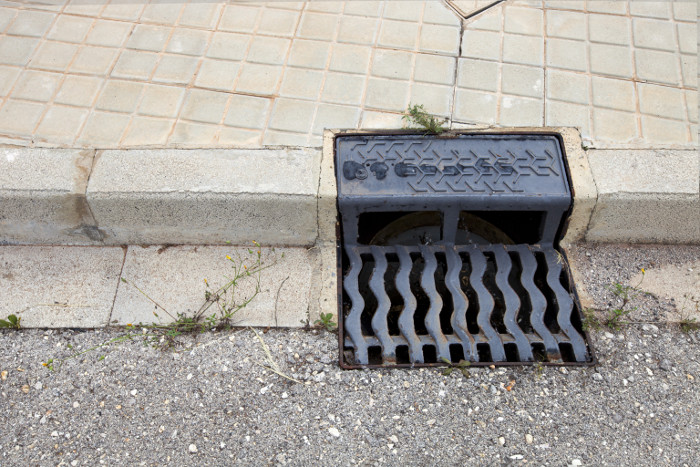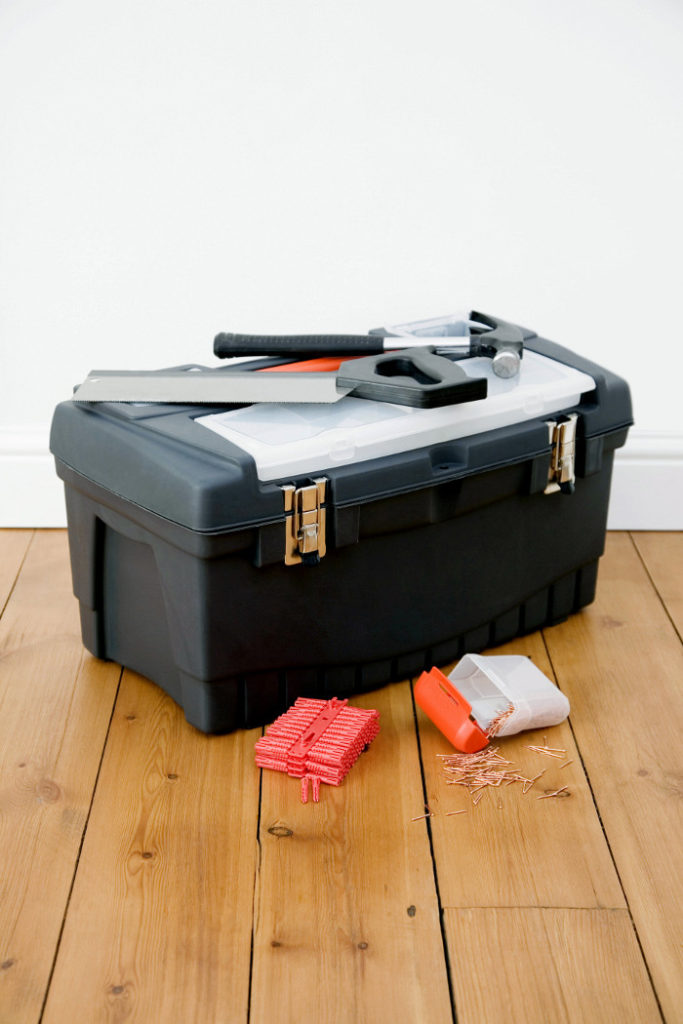
My favorite bit of reader feedback was being asked if we had goosebumps when writing a certain set of scenes mid-novel. I love actually frightening readers with what we’re doing.
Amanda K. King – 19 April 2019
The Back Flap
Under the dirty streets of Ismae’s greatest port city, an old nightmare waits for Sylandair and Aliara, one that is stealing Dockhaven’s children, one that only they can end.
When the pair escaped their owner and abuser years ago, they left him behind in a ball of blue flame, but as more children disappear near the city’s desalinization plant, they believe he may not be dead. When they embark on an underground search for him with their less-than-reliable puka scout Schmalch, what they find is beyond any expectation. It will lead them into a twisting world of inheritances, experimentation and memories they never wanted to exhume.
Things They Buried is the first full length novel of Ismae, a planet where bodies can be re-crafted at the genetic level while photography remains a luxury available only to the rich. It is a world where science sometimes appears as magic and history as myth, where monsters make themselves and heroes are wholly unintentional.
This novel contains adult themes and violence.
About the book
What is the book about?
Amanda: The plot of Things They Buried follows Sylandair and Aliara, who believe reports of their former owner and abuser’s death is a lie. When they set out to prove their theory, they find his misdeeds extend far beyond their expectations, including genetic experimentation and a rash of disappearing children.
We did a lot of character development and world building in this story as it’s the first in a “continuing adventures of” series. We both love adventure stories, but we wanted to write one with characters who were fully realized people. Over the course of the novel, they must come to terms with what’s happened to them in the past as well as what they’ve stumbled into.
It’s not just about characters—the novel’s filled with action, monsters, and scares, too. My favorite bit of reader feedback was being asked if we had goosebumps when writing a certain set of scenes mid-novel. I love actually frightening readers with what we’re doing.
When did you start writing the book?
Amanda: We started building the characters and the world of Ismae way back in 2004, but we didn’t start turning them into a book until 2015.
Michael: The benefit we reap from such a long worldbuilding period is we have reams of material to pull from and we can pretty much identify a continuity issue in short order.
How long did it take you to write it?
Amanda: Four years from first words on paper to publication. There were long stretches where neither of us were working on it, though. For a while I don’t think we were sure if we were going to bother to publish or just keep writing stories for fun.
Where did you get the idea from?
Amanda: It kind of unraveled as we started writing. Sylandair, Aliara, Schmalch, and Haus were all previously created in one form or another and already had their backgrounds sketched before we began. Once we had a seed idea it unfolded nicely.
Michael: At least two scenes in the book were written before we had a solid plot and were inspired by a dream one of us had.
Were there any parts of the book where you struggled?
Michael: There were challenges throughout. Though both of us have experience as writers this was the first time either of us set out to complete a novel. Each of us had started this or that when we were younger, but this book came about at a time in our lives when we decided that finishing a creative project of this scale was paramount. If I had to pick a specific section or scene, I would say that part one was exceedingly challenging. We learned a lot about plotting, dialog, and action just from writing that one-hundred or so pages over and over.
What came easily?
Amanda: We really knew the characters long before the first word was written. It’s easier to know what happens next when you know how your character will react to a situation given their personality and background.
Are your characters entirely fictitious or have you borrowed from real world people you know?
Amanda: I don’t think authors can help but put some parts of the people they know into their characters. Mostly it’s behaviors and little incidents, which lend an authenticity that might not be there if we were just making everything up based on our own experiences.
We all know how important it is for writers to read. Are there any particular authors that have influenced how you write and, if so, how have they influenced you?
Michael: That’s a difficult one to distill down to a short list. Books and fiction have been a huge part of my life for over forty years now. My first jobs were as a bookseller. Stocking shelves you read back cover and inner flap copy just to know what it is you’re selling and then you end up buying things you would have never guessed you’d be interested in.
Above all I would suggest you read every night, no matter what strikes your fancy. And be sure to read non-fiction as research, don’t count on anything you learn from fiction authors when you are wanting authenticity.
When we began writing we knew that we wanted to focus on two things: Characters who had lives before this story and gave readers the sense that there was more to them than the typical science-fantasy stereotypes, and a self-contained adventure instead of the first installment of an epic that would change the face of Ismae. Given those criteria we leaned heavily on where authors like Fritz Leiber, Ursula K. Le Guin, Ian M. Banks, H. Rider Haggard, Leigh Brackett, Rex Stout, Raymond Chandler, Edgar Rice Burroughs, Robert E. Howard, Michael Moorcock, Stephen King, Mary Shelly, Philip K. Dick, and so many others inspired those things in us.
We’re planning a monthly blog entry on Ismae.com about the authors that inspire us and may have been missed by many people who are new to sci-fi / fantasy.
Do you have a target reader?
Amanda: My brother-in-law, Jeffrey. Mostly Michael and I write to entertain one another, but no one is a bigger cheerleader about the Ismae stories than Jeffrey. We did create personas before starting any marketing on the book, but when writing, I like to stick with the axiom of “write the book you want to read.” If I’m not interested, my writing comes to a screeching halt.
About Writing
Do you have a writing process? If so can you please describe it?
Amanda: We have to have a process, or we’d never get anything done. (It’s probably worth mentioning that I used to be a project manager, so I love processes.)
We begin with some nugget of an idea, generally a conversation. Once we have that, we brainstorm where the story’s going and develop a rough outline.
I write a rough draft, which involves more brainstorming and outlining in greater and greater detail. That draft goes to Michael, and usually results in a few structural changes. We review that draft together then send it to our editor for a content review.
When it comes back, we review and discuss, then I do another pass based on our notes. Michael edits again then we read the manuscript out loud to one another. It’s a great way to pick up issues that are easily missed when reading alone. After that, back to the editor for a line edit, a few tweaks, and it goes into design.
Do you outline? If so, do you do so extensively or just chapter headings and a couple of sentences?
Amanda: We outline in bursts. We start with a general outline of where the story’s going them break down each act in more detail and each section within that act in even greater detail. Kind of a cascading outline.
Do you edit as you go or wait until you’ve finished?
Amanda: When rough-drafting, I start the day by editing what I did the previous day. It allows me to clean up any sloppy work or fill in blanks and prepares me for what comes next.
Did you hire a professional editor? (May skip if being published by a small press rather than self-publishing)
Amanda: Yes, definitely. It’s too easy to overlook your own errors. Editors make a huge impact on the story structure and, of course, readability. We’ve worked with a couple different ones. Both have been extremely helpful.
Do you listen to music while you write? If yes, what gets the fingers tapping?
Amanda: Mostly I prefer silence, but we live in the city and that’s not always possible, so I go for ambient music. I can’t listen to anything with words—too distracting.
Michael: Almost always. What I listen to depends on my mood and the mood I am trying to capture in the scene I am working on. I have eclectic tastes where music is concerned. For example: I am listening to T. Rex’s Prophets, Seers, and Sages the Angels of the Ages as I write this. Most days lately I shuffle a large playlist I have of things like Brian Eno, Tangerine Dream, Popol Vuh, Amon Duul, CAN, David Sylvian, instrumental soundtrack music and the like when I’m writing.
About Publishing
Did you submit your work to Agents?
Amanda: We decided that wasn’t a path we wanted to pursue right now. Indie publishing is so accessible, we wanted to put Things They Buried out there and see where it went. So far, we’ve been pleased with the results. We may start looking for agents after we have a few books published, but for now, it’s all on us.
What made you decide to go Indie, whether self-publishing or with an indie publisher?
Michael: Above all it was independence. Ismae is our creation, being a multi-million seller is not the goal. Sharing with readers who enjoy the stories we tell and having enough to continue is what really matters. I never want to write based on the current trend unless it happens to dovetail with what we are doing. Because this is a world setting that Amanda and I are creating, the last thing I want is some asshole to come in and tell me, “Well, you signed the contract and what you need to be writing is…” I’d much rather make a modest living and have a life I love than any pile of money that makes me a thrall to that world.
Was it a particular event or a gradual process?
Michael: I have had this attitude about letting “suits” into creative pursuits my entire adult life. It hasn’t helped me make money, but I’ve survived, and I doubt I’m going to change my attitudes much at this point.
Did you get your book cover professionally done or did you do it yourself?
Michael: Both. The painting was created for us by our old and very talented friend, Michael Fee (michaelbfee.com). He’s another Irvingtonian, who’s shown his work in galleries across the U.S. One of Amanda’s previous careers was as a graphic designer and she is quite talented, but that is a thankless job in most organizations these days. She did the cover and text layout for all of it. It took a few people who were not me giving her feedback to get her to run with this cover. I love the design and will be arguing for sticking with the style for The Long Game serials at the very least.
Do you have a marketing plan for the book or are you just winging it?
Amanda: My background runs from writing and editing to marketing and design, so we absolutely have a marketing plan. We did a lot of research and reading before we decided to indie publish, and the plan’s been based on that plus my experience. There’s been some experimenting to see what does and doesn’t work for us. We’ll take those lessons and make The Long Game’s marketing plan even more effective.
Michael: It’s a great thing to have a collaborator that can manage this for you. I’m comfortable winging it when face-to-face with folks, but I freeze up when I look beyond a few steps ahead in the process. You’ll probably see me at a con table, but the big marketing picture is all Amanda.
Any advice that you would like to give to other newbies considering becoming Indie authors?
Amanda: Make a budget and stick to it. Do your research and decide where you want that money spent (definitely toward an editor). Money can disappear into the indie publishing void in minutes, and positive return isn’t guaranteed.
Michael: Be ready for a long journey and sure to take in the sights along the way. Also, other indie authors are your allies and more often than not are happy to share what they’ve learned.
About You
Where did you grow up?
Amanda: In rural Indiana. My closest neighbors were cows.
Michael: I am originally from western New York, Chautauqua and Monroe counties—a beautiful area to grow up in. As a teen, I was fortunate enough to live in a SUNY school town. Having a college next door to your high school opens the world up quite a bit. I probably would have ended up a member of the street-sign-shooting sect were it not for having that academic world to influence me.
Where do you live now?
Amanda: We live in Irvington, an east-side neighborhood in Indianapolis, Indiana. I can’t say enough good things about our neighborhood—it’s like living in our own small town, but with all the conveniences of a city. Everyone we’ve talked in Irvington to has been incredibly supportive. Our local bookshop, Irvington Vinyl and Books, even carries our novels.
Michael: Soon after I arrived in Indianapolis thirty years ago, I was working at a Waldenbooks and taking a bus to work every day. The route took me right through Irvington and one day I decided that this neighborhood was too interesting not to get off the bus and have a look around. I’ve hung-out, worked, and lived in this town-within-a-town ever since.
What would you like readers to know about you?
Amanda: I want my readers to know more about my writing than about me. I love it when someone enjoys our work. The best is when they start telling me things about our books, details that not every reader has picked up. I love seeing someone that excited about our work.
Michael: Like Amanda; I’d rather they know more about Ismae and its residents. Anyone who is interested in my mundane life can follow my personal feed on Facebook, I’m pretty easy to find.
What are you working on now?
Amanda: We’re in the midst of writing a six-part serial called The Long Game that follows up on plots started during Things They Buried. Each of the short novels will be its own stand-alone adventure, but all are tied together with an overarching storyline. Readers will be able to enjoy them separately or as one piece. We’re targeting late 2019 for release of the first installment.
Michael: In addition, we have somewhere around a half dozen manuscripts in varying states. We should be able to keep ourselves busy for at least a few years with no new ideas, though I highly doubt that will stop either of us from coming up with more plot lines.
End of Interview:
For more about Amanda, Michael, and their series visit their website and like their Facebook page.
Get your copy of Things They Buried from Amazon US or Amazon UK.
from The IndieView http://bit.ly/2PkcQbz
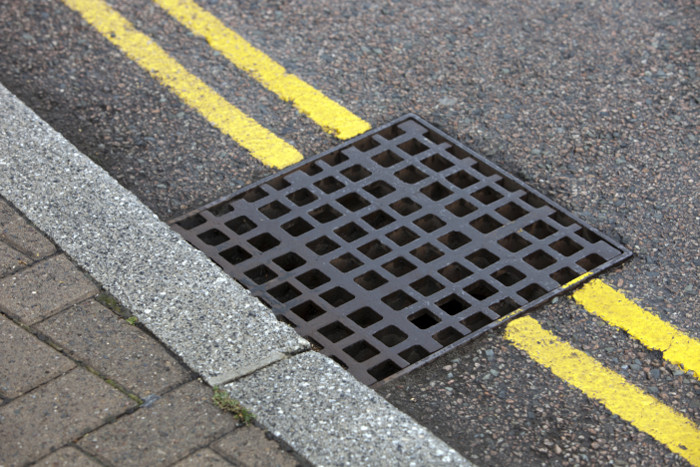
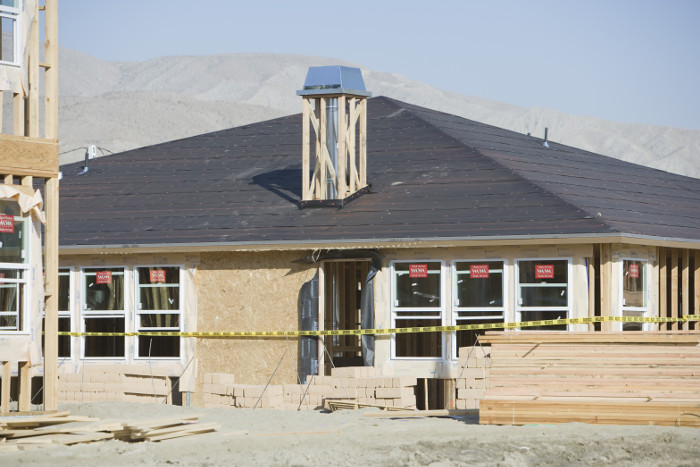

 Decision making can be a challenge in any strata corporation; especially when investing significant funds into maintenance such as an exterior re-painting project. Here is some friendly advice to get started and provide your council with a solid foundation for your planning.
Decision making can be a challenge in any strata corporation; especially when investing significant funds into maintenance such as an exterior re-painting project. Here is some friendly advice to get started and provide your council with a solid foundation for your planning. a property is to print out an overhead from Google Maps. Then during a comprehensive 1- 2 hour walk around the property, make notes on the sheet about the affected areas.
a property is to print out an overhead from Google Maps. Then during a comprehensive 1- 2 hour walk around the property, make notes on the sheet about the affected areas.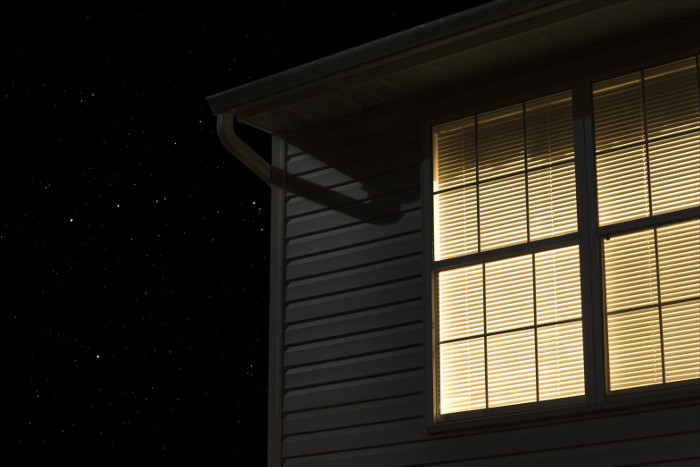








 We all want to do our best for the environment. In our daily lives that begins with household recycling and garbage.
We all want to do our best for the environment. In our daily lives that begins with household recycling and garbage. 



